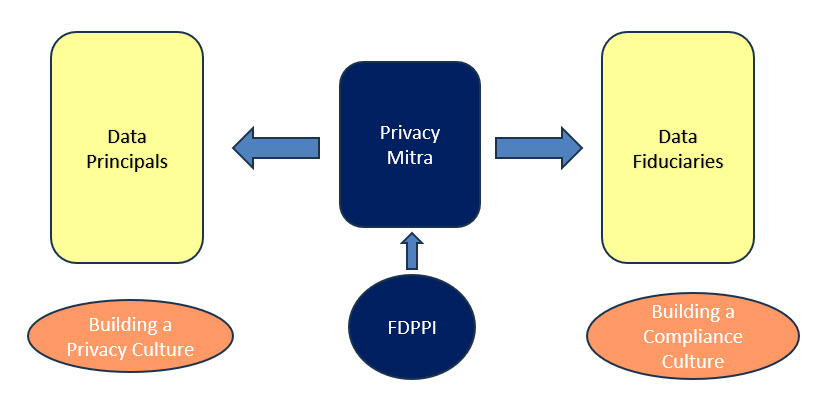Rule 7 of the draft DPDPA Rules prescribe that on “becoming aware of any “Personal Data Breach” , the Data Fiduciary shall to the best of its knowledge intimate to each affected Data Principal the information of the breach. Similarly the DPB shall be informed without delay and subsequently before 72 hours more details of the breach.
It is necessary to recognize that there are cases of false alarms and incidents which may be whistle blowing reports which if confirmed may become breaches but could turn out to be false.
Hence the report to be submitted immediately should be termed as “Provisional”. The confirmed report filed within 72 hours may be called “Personal Data Breach Report”.
Further some “Personal Data Breaches” recognized as such as per the definition under DPDPA 2023 may involve infringement of Data Principal Rights and not exfiltration or “Loss” of personal data from the custody of the data fiduciary. (eg: when data access is compromised within the organization from one employee to another).
These are not as harmful as the data breaches involving exfiltration of data or modification of data.
This has to be factored in to the definition of “Personal Data Breach”.
Hence there is a need to recognize three categories of personal data breaches namely
- Provisional Data Breach
- Personal Data Breach not resulting in exfiltration or modification of data
- Personal Data Breaches resulting in exfiltration or modification of data
The rules should treat these differently.
It is necessary to recognize that every personal data breach involving loss or damage to data creates a liability under Section 43 of ITA 2000 and is also a data breach reportable under CERT IN guidelines even after the repealing of Section 43A.
There should be a process where the DPB and CERT IN act in harmony dealing with the Personal data breach report. Since CERT IN has an infrastructure to provide technical guidance of remediation, there is no need to duplicate the efforts at DPB. Regulatory investigation of technical nature if required should be left to CERT IN and adopted by DPB. For this purpose, a “DPB-CERT IN Data Breach investigation policy” should be created by MeitY which may specify that the ITA 2000 Compliance Manager and DPDPA Compliance Managers designated by MeitY shall jointly resolve Personal Data Breach related conflicts between CERT IN and DPB if any.
Alternatively, changes should be notified under ITA 2000 stating CERT IN would refrain from investigating such cases which are taken up for investigation by the DPB under DPDPA 2023. This would however require additional technical investigation capabilities to be built up by DPB.
There is a need to recognize that DPB would be more interested in identifying noncompliance of law which may affect the rights of the data principal and hence would like to track even such personal data breaches which do not result in exfiltration of data that causes irreversible damage to the data principal. On the other hand, CERT IN is more interested in prevention of Cyber Crimes and hence focussed on data breaches involving exfiltration of personal data.
Hence there is a need for a simultaneous change in the CERT IN rules related to data breach while these rules are being notified.
Additionally, there is a need to build a knowledge base of Data Breaches occurring in India so that DPB is aware of how the industry is addressing the issue. Hence under the powers of Section 36, MeitY may gather information on data breaches already occurred though no penalties may be imposed on them.
In view of the above, the following suggestions may be made.
- Provisional Personal Data Breach shall be reported only to DPB immediately on being aware. Confirmed data breach involving exfiltration or modification of personal data shall be reported to the data principal as soon as the data fiduciary becoming aware of the “Confirmed Data Breach”
- All Data Breaches recorded since 11th August 2023 may be reported to DPB under the powers of Section 36 of DPDPA 2023
- Detailed Report within 72 hours or as extended shall be submitted as proposed to the DPB.
- A notification of the report sent to DPB on the website of the Data Fiduciary should be mandatory.
A link to the detailed report should be sent to the Data Principals through e-mail or SMS where available








